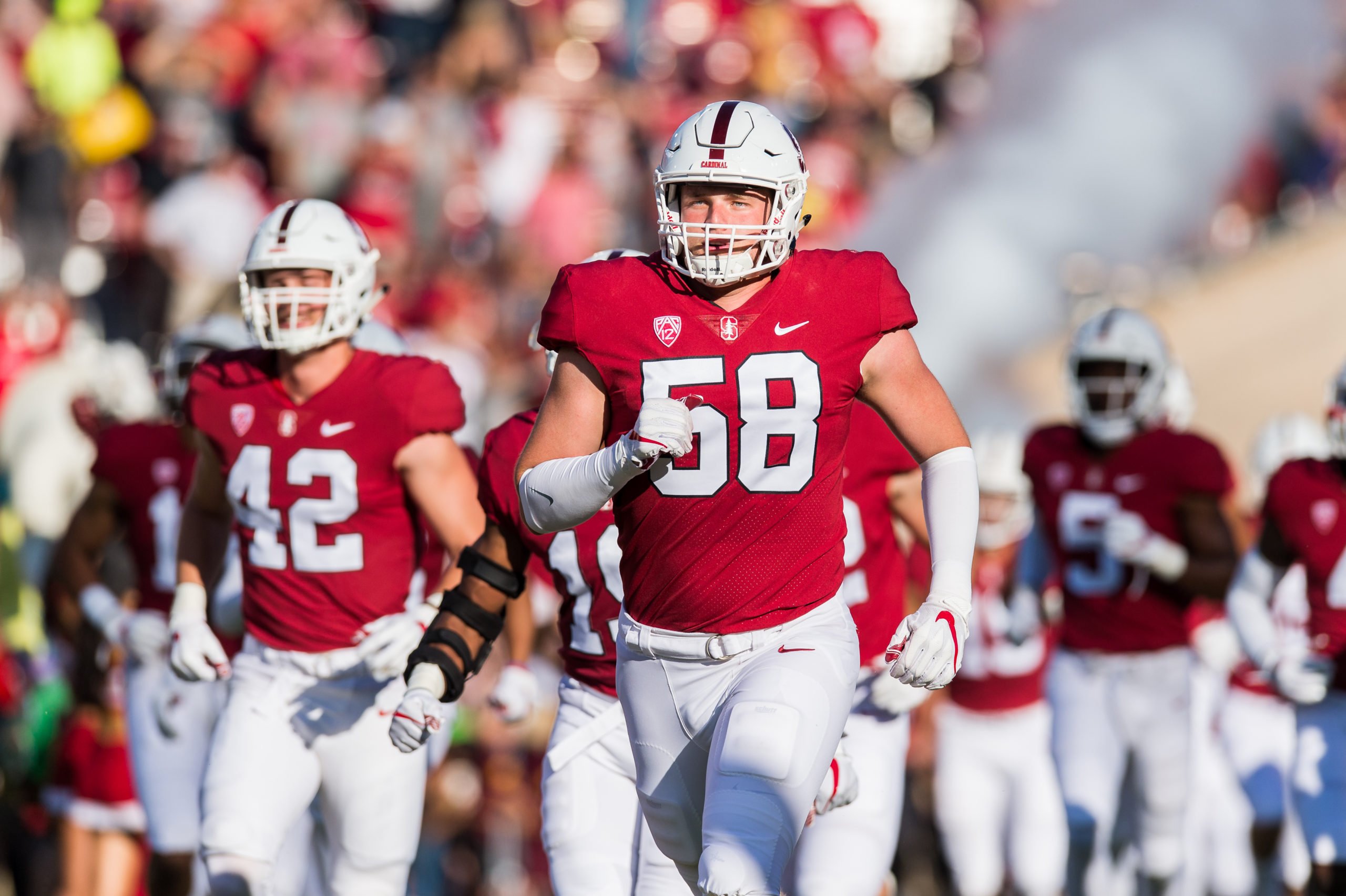The Lost Season
Along with the rest of the sporting world, Stanford’s athletes saw their seasons and schedules upended by COVID-19 — halfway through a trying summer, some even saw their sports demoted from varsity status. Whether it was training at home, making a professional debut in an empty stadium or speaking up for player safety, the pandemic was a unique experience for the Stanford Cardinal.

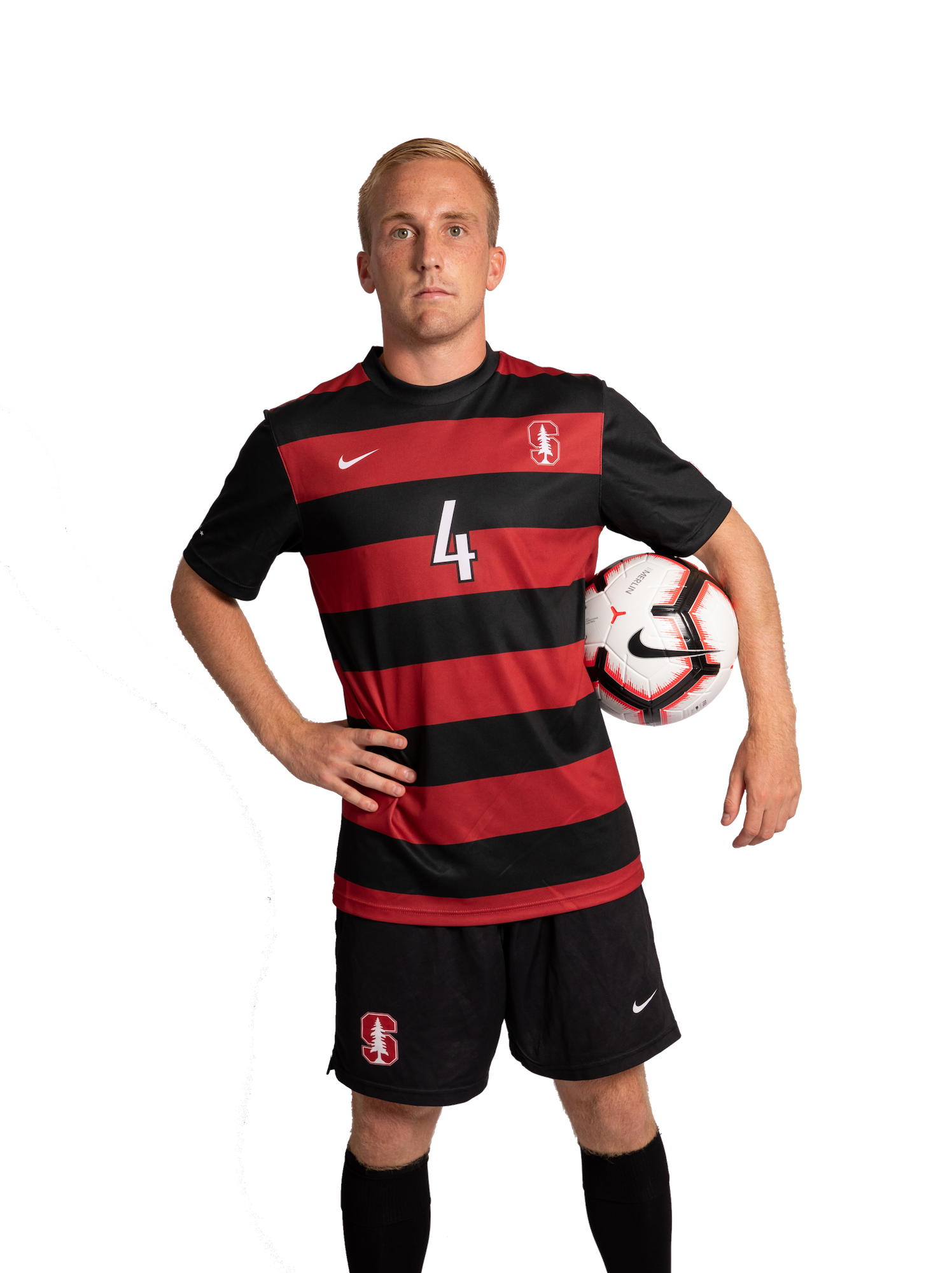
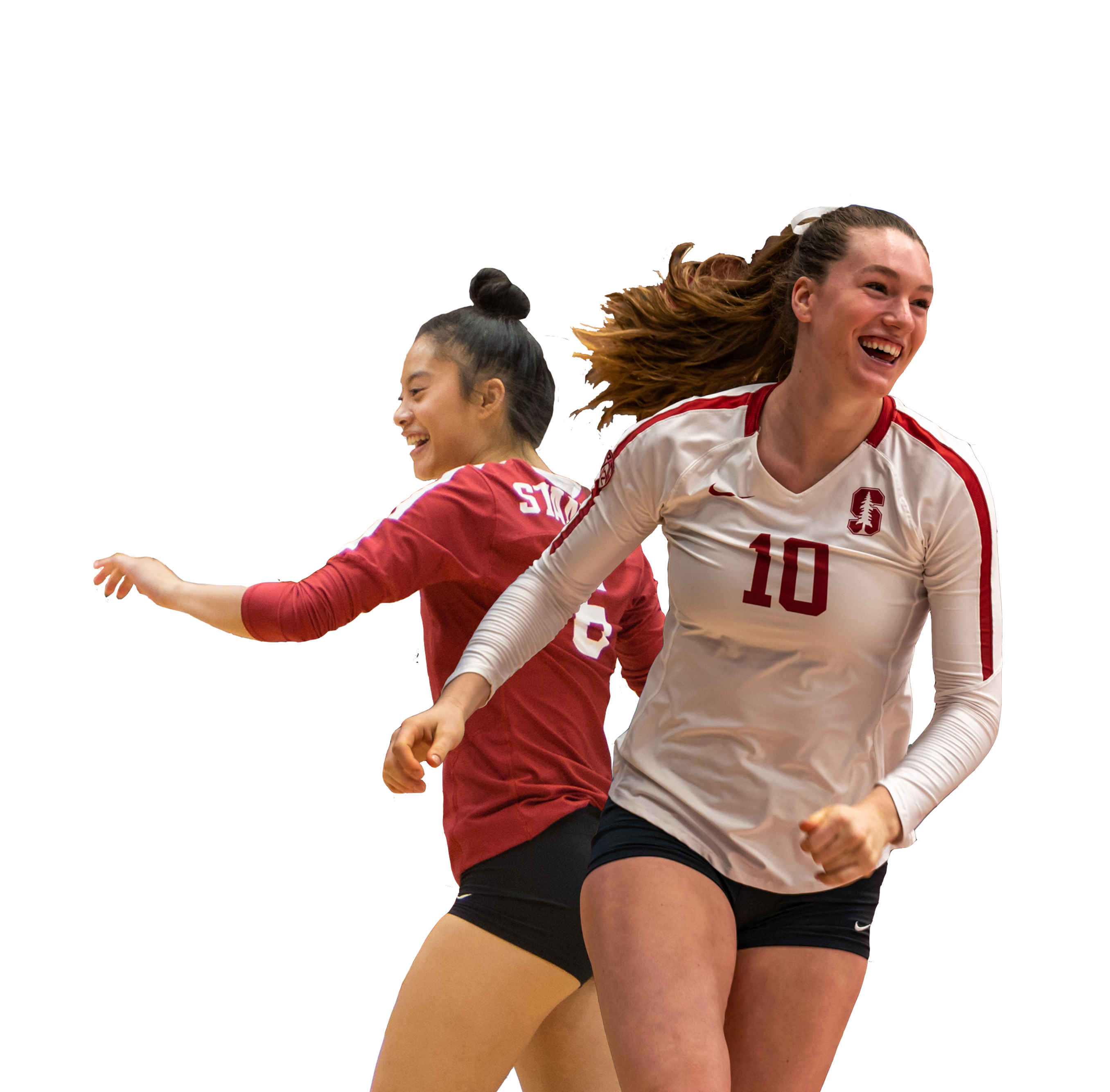
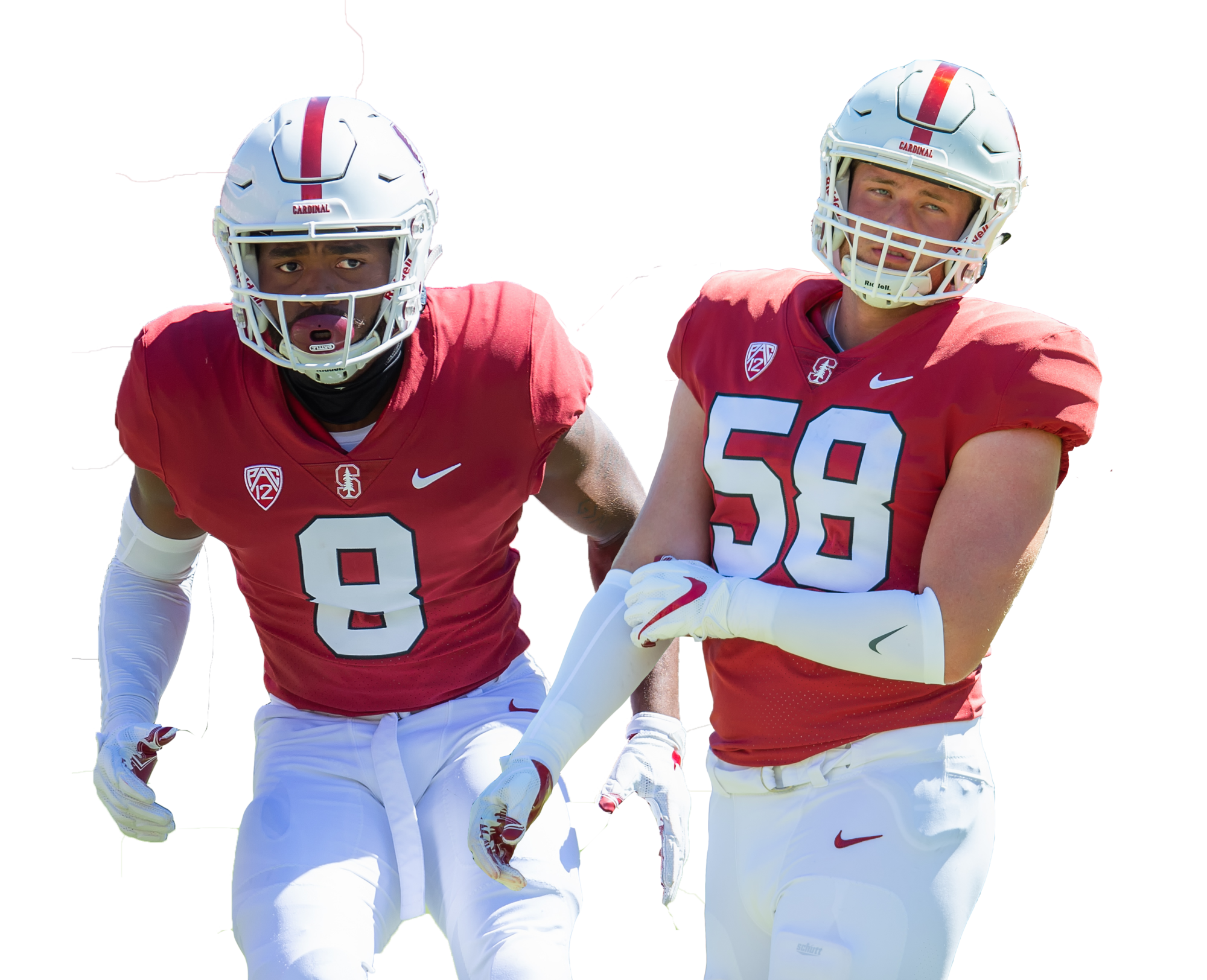
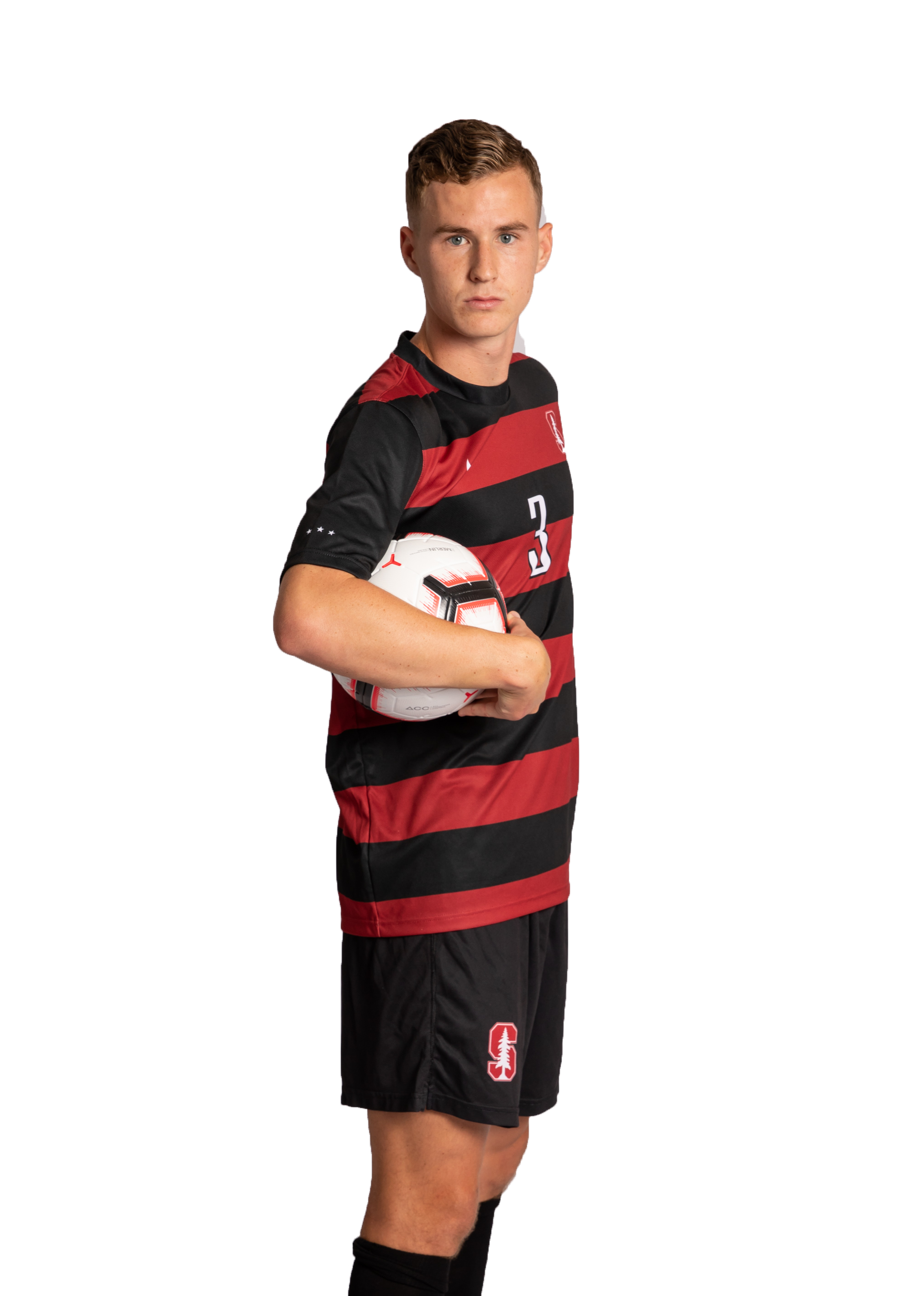
The All-American
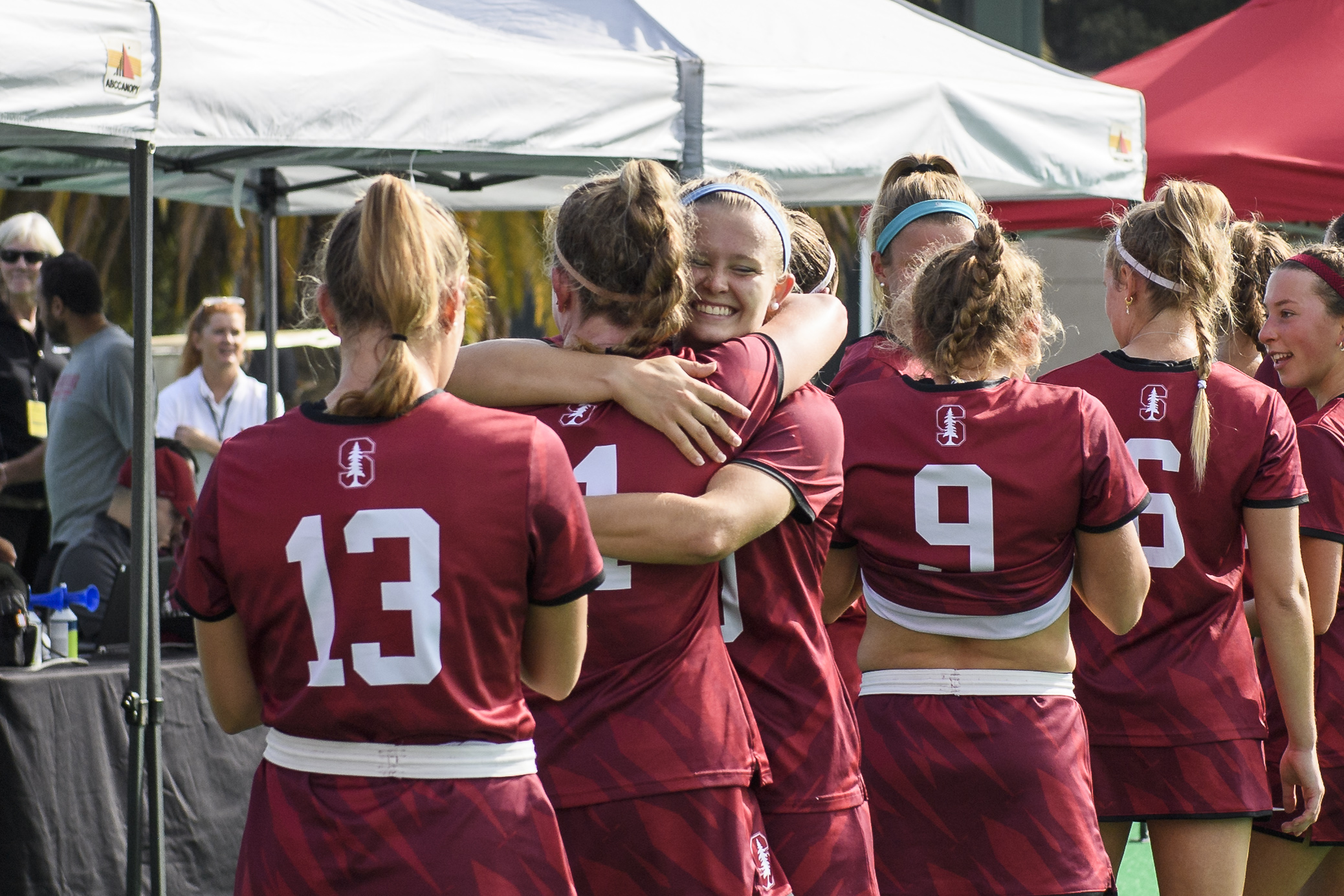 Image courtesy of ISIPhotos
Image courtesy of ISIPhotos
Senior attacker Corinne Zanolli is one of collegiate field hockey’s most dominant players. A two-time All-American, she accounted for 33 of the Cardinal’s 57 goals last season as the nation’s top scorer. In early 2020, she was named to the USA National Team.
Zanolli’s success helped Stanford to a historic field hockey season in 2019. The team finished with a 16-7 record, their best since 2014, and picked up just the second playoff victory in Cardinal history with a 3-1 win over Miami-Ohio in the NCAA tournament. Going into 2020, Zanolli had a feeling that it was going to be a special year.
“I think we were all really, really looking forward to building on how awesome last season was and moving forward and taking it another step further this year,” she said.
Following her spectacular season, Zanolli had also planned to take a leave of absence from the University in the spring quarter of her junior year to train and play with the USA National Team.
But nothing has gone to plan due to COVID-19. The national team’s season was cancelled and, following the University’s announcement in March that it would send nearly all undergraduates off campus, Zanolli returned home and quarantined with friends to finish out the school year online. She continued to train in isolation and participated in a virtual internship this summer.
Like so many others, although her original plans did not happen, she adjusted, making the most of her time in quarantine. Her younger brother is a cadet at the United States Air Force Academy with a typically demanding schedule, so the time with her entire family was a welcome opportunity.
“We didn’t think we would get to see him for this long of a period of time,” the Pennsylvania native said. “He’s actually back at Air Force now, but it was really nice to get to spend time with him and my parents.”
Now, entering her senior year amidst the ongoing pandemic, the fate of her final collegiate season remains unknown. Stanford is a part of the America East Conference, which recently announced it will postpone all competition until the 2021 calendar year. Soon after, the NCAA announced the same.
To continue to train this fall, Zanolli said she is looking to practice with a club team in England. England’s lockdown is less restrictive than that in the United States once visitors pass an initial quarantine upon arrival. Across the pond, team training and games are both allowed, neither of which can currently happen with Stanford or the USA National Team.
“With the pandemic and everything going on, best laid plans go awry,” Zanolli said. “So it’s about being adaptable and trying to find a way to play and train and stay connected and stay fit and just make the most of the situation.”
More devastating still for Zanolli is the University’s decision to discontinue field hockey and 10 other varsity sports following the 2020-21 academic year. Alumni are campaigning to save the sport, but for now the upcoming school year could be the program’s last at the varsity level.
“I think obviously, we were all very disappointed and very surprised that Stanford made that kind of a decision,” Zanolli said. “It’s not a decision that I think anybody expected… I don’t think there’s a lot of clarity or closure.”
Beyond the stat sheets and standings, the field hockey program has been “everything” for Zanolli since first arriving on The Farm in 2017.
“I think that what it boils down to is you’re a part of something bigger than yourself,” she said on what it means to be a Cardinal. “We talk about being for the team. And I think that’s a really important part of our team’s culture, and it has been awesome to be a part of the last three years.”
Although so much of her training, senior year and sport at Stanford as a whole remain up in the air, Zanolli continues to find a way forward with field hockey as a guide.
“If I’ve learned anything from being a field hockey student-athlete, it’s that problems that seem impossible aren’t when you work together,” she said. “That’s kind of what we want to do. And that’s kind of how we’ve approached the pandemic… I’m super grateful for my experience at Stanford and hope that others can have the same.”
Contact Jeremy Rubin at jjmrubin ‘at’ stanford.edu.
The Rookie
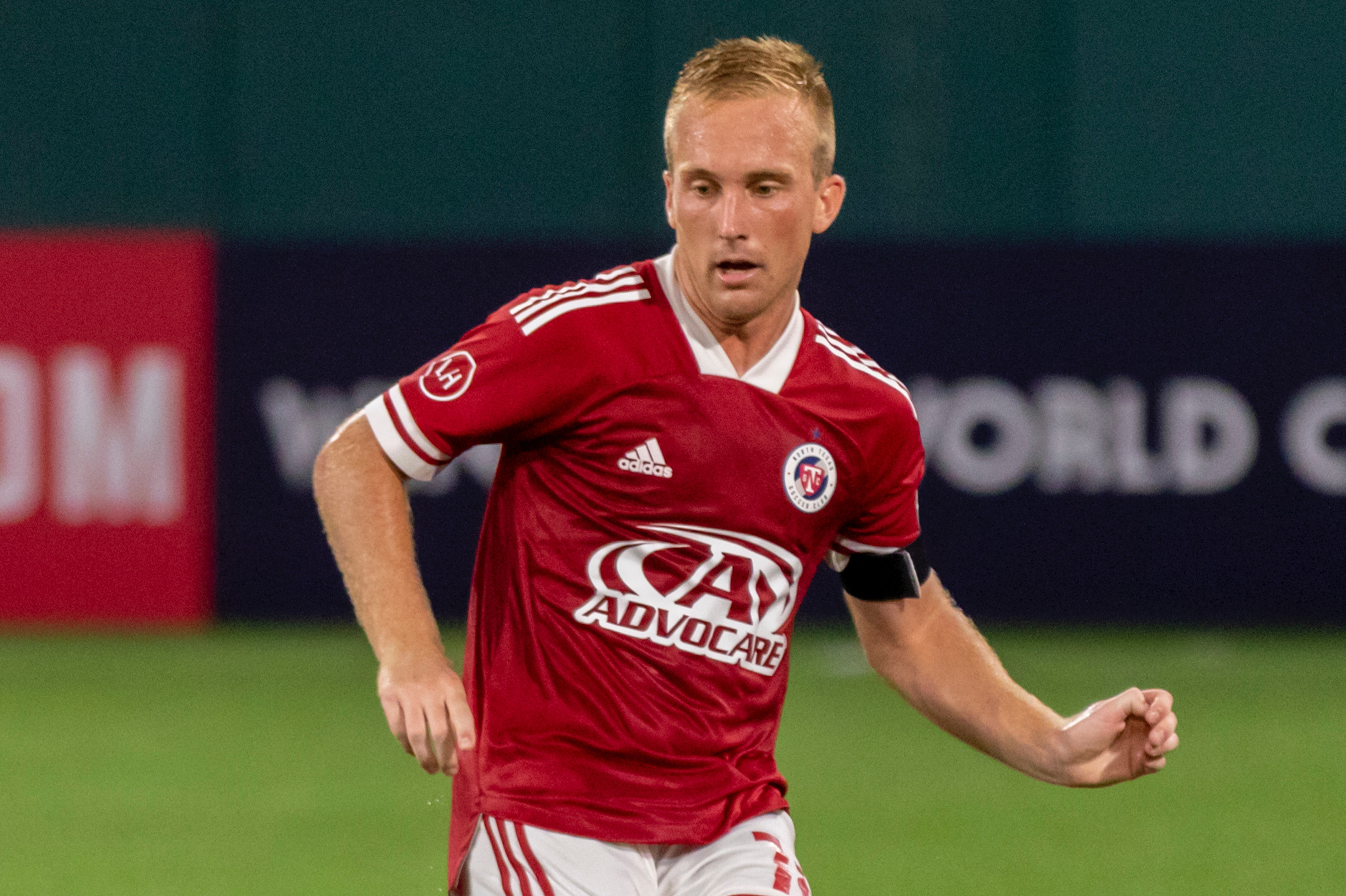 Image courtesy of Jessica Meyer/North Texas SC
Image courtesy of Jessica Meyer/North Texas SC
When Derek Waldeck ’20 was selected 66th overall by FC Dallas in the MLS SuperDraft in the middle of January, his most pressing worry was signing a contract. He was drafted on a Monday, and by Friday he was on a plane to Texas, where he had not played since the 2016 College Cup.
“I just had the mindset of ‘Okay, I’m coming out here for — it could be a week, it could be two weeks, could be six weeks, it could be a full year.’ I really had no idea,” Waldeck said in a phone interview. “I just came out with, I guess, a mindset of ‘I have nothing to lose and I’m just going to do the best that I can to prove myself and try to earn myself the contract.’”
At first, Waldeck was pressing to make the FC Dallas first team, which plays in the MLS. But the competition was steep. Waldeck battled his way to a starting position on North Texas SC, the USL League One affiliate of FC Dallas.
With the league’s opener scheduled for March 27, North Texas had completed nearly its entire preseason when the league suspended play due to coronavirus on March 12.
Stuck on the sidelines with the rest of the league, Waldeck found a silver lining amid the pandemic.
On the Farm, Waldeck set the program record for career starts and made both the All-Pac-12 and United Soccer Coaches All-Far West Region first teams in his senior year — all as a midfielder. In the professional ranks, however, Waldeck sees his future as a left back.
“In the wake of that pandemic, it was a great opportunity for me to spend some extra time watching film and getting to learn the position as quickly as possible so I could hit the ground running once play resumed,” Waldeck said.
The former Stanford standout watched both his own tape from the team’s two filmed preseason games and video of left backs around the world.
“For a good two months we were completely quarantined at home, and had no sort of training going on so we would be sent individual workouts to be doing so I could train with my roommate [right back Juan Manuel Alvarez] and that was essentially it,” Waldeck said.
Waldeck finally made his professional debut on July 25, in Arlington’s Globe Life Park, playing all 90 minutes as North Texas beat Forward Madison FC 2-1.
Unlike most games since the restart of sports, 652 fans were present to watch. The USL is allowing limited spectators at games — a 53 page document for league protocols includes fan ingress times, entrances that correspond to seat location, and cool down zones to allow a body temperature above 100.4 ºC to fall back to “normal.”
Still, the atmosphere is different. Waldeck said one of the many challenges of playing during a pandemic has been finding momentum when fans have been explicitly asked to refrain from chanting or singing.
“When you have the crowd behind you at home and there is truly that home field advantage, you just kind of feel like you have the upper hand in any game,” he said. “It definitely takes a bit of the wind out of your sails.”
Waldeck pointed to particular instances when the game would swing in his team’s favor, but with fans unable to make noise to create a hostile environment for the opponent, North Texas would fail to capitalize.
“I’ve definitely missed that aspect of it and I think our team has [too],” Waldeck said. “But at the end of the day we’re the ones that can control what goes on inside the lines of the field.”
Waldeck has done his part between the lines, starting in all seven contests and playing all 630 minutes since his debut. His 356 passes are first, 20 crosses are second, and his 11 interceptions are third on his team.
Despite battling the effects of a pandemic, the beautiful game has not lost its allure.
“I love the sport,” Waldeck said. “Anytime I get to play it’s a blessing and it’s something that I really enjoy getting to do.”
Contact Daniel Martinez-Krams at danielmk ‘at’ stanford.edu.
The Successors
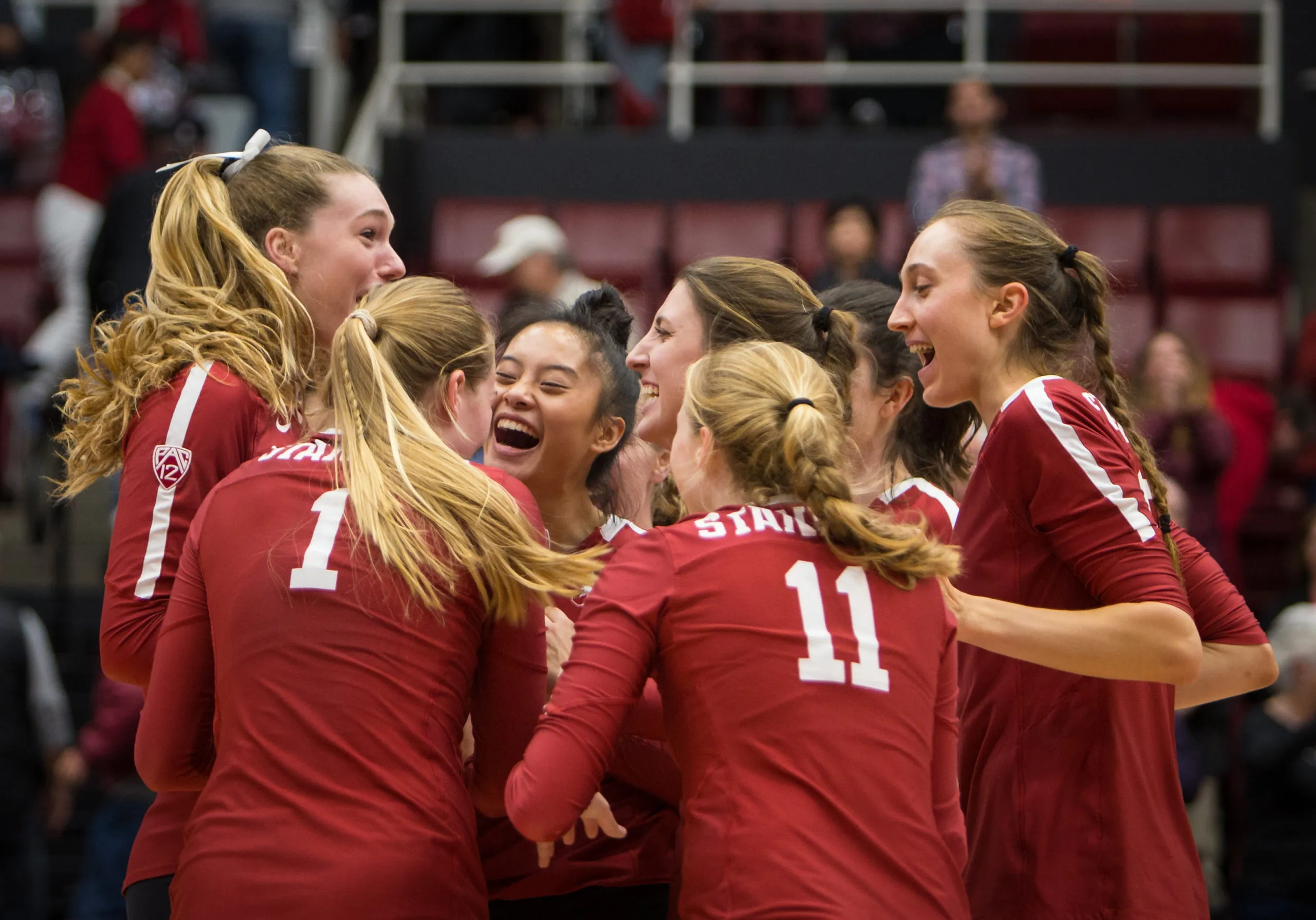 Image courtesy of ISIPhotos
Image courtesy of ISIPhotos
In 2019, Stanford Women’s Volleyball won their ninth national championship but said goodbye to a historic senior class that won three national championships in their four years on the Farm.
This year, sophomores Selina Xu ’23 and Kendall Kipp ’23 know they have to step up. Although they both admit that this year will be a rebuilding year for the team, winning another title is always the goal.
‘One of the biggest team goals we have is to really develop our team identity since we lost so many seniors last year,” Xu said. “And then gelling together as a team and finding a new identity so we can win a national championship.”
They have big shoes to fill, however. As a freshman, Kipp played behind star outside hitter Kathryn Plummer and is now switching positions to opposite hitter where she’ll replace another All-American in Audriana Fitzmorris. Xu, meanwhile, faces the tall task of replacing All-American setter Jenna Gray.
After COVID-19 froze NCAA sports and sent Stanford students home in March, Xu and Kipp had to find a way to continue their offseason training — and gel with their team — from home.
Even 20 minutes away from campus in Belmont, Xu struggled to find adequate training facilities and others to train with.
“After we got sent home, it was difficult to find a place to train because [San Mateo County] is very strict, with gyms being closed and no place to practice,” she said. “Towards the later months of quarantine, I was able to get into Stanford and do voluntary lifts, so those have been really helpful. My mom’s coworker owns a volleyball gym so I’ve been getting some reps in there.
Kipp also couldn’t find a place to play six-on-six volleyball in her hometown of Newport Beach. Her gym had capacity limits, but she was able to start lifting with her trainer when she returned home. In the later months, she found a gym where she could practice volleyball and played there until the team returned to Palo Alto on Aug. 9.
Despite the distance between team members for the past four months, the team used weekly Zoom calls and one-on-one FaceTimes each week to bond and stay connected.
Each week, one teammate “would pick something that they wanted to talk about, whether that was a TED talk or a book or an article, and [they] would share that,” Kipp said.
“I think it’s been a good thing for our team dynamic relationships because you’ve had to make an effort to reach out to other people in order to maintain those relationships,” Xu said. “I definitely think going home…strengthened our relationships with each other.”
Once the team returned to the Bay Area, they continued to face limitations on workouts and practice. Xu said the team has been practicing outdoors on the University’s tennis courts and occasionally its grass rugby fields, while staying at the Sheraton hotel across the street from Stanford’s campus.
During fall quarter, the team will rent a house in San Diego, where they will continue training and practicing together.
Although there is uncertainty surrounding the upcoming season, Kipp said the team is “just trying to go with the flow and not get our hopes up too much but also stay ready for a season if it does happen.”
The Pac-12 announced last month that all fall sports, including volleyball, will be postponed through the end of 2020. The conference did not announce when fall sports seasons will be made up but did say that, if the pandemic improves, it anticipates that Jan. 1 will be the earliest that sports competitions return.
If the team does get to play, both Kipp and Xu think that the current team is ready to fill the roles of the departed players. Xu pointed to the lessons learned from Plummer and others, saying what the current team learned from them has prepared them for their upcoming season. Kipp said the current juniors and seniors, including two-time national champions Holly Campbell and Meghan McClure, have been “great leaders” during the pandemic and have helped the team feel prepared for the 2021 season.
Kipp and Xu said the team’s camaraderie is its most distinctive aspect. During the pandemic, they’re grateful to have the team as a support system.
“The best part about being on a team here at Stanford is the relationships you make and the memories you make with all your teammates,” Xu said. “It’s a one-of-a-kind experience and I feel super lucky to be where I am.”
Contact Sofia Scekic at sscekic ‘at’ stanford.edu.
The Activists
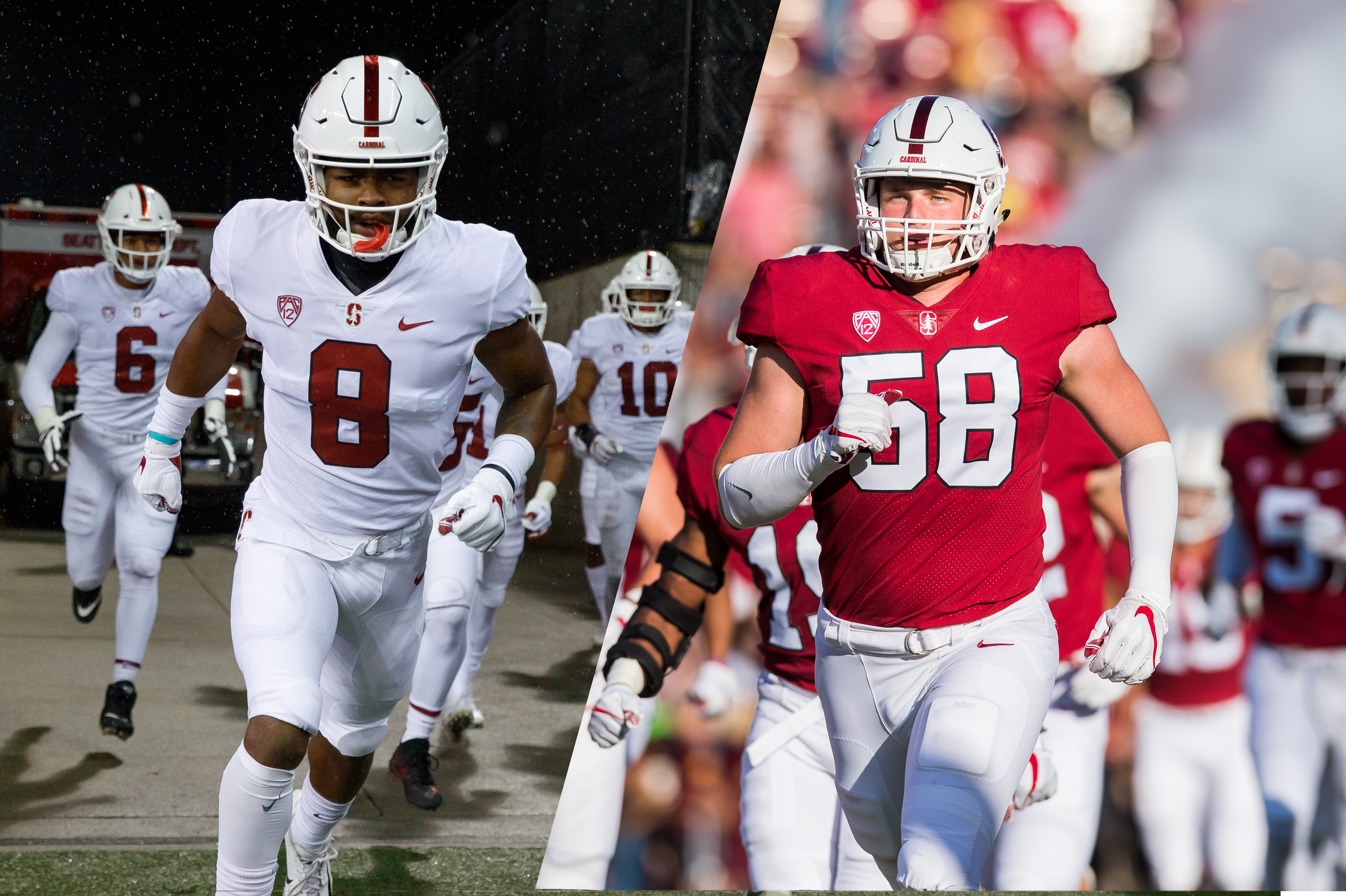 Image courtesy of ISIPhotos
Image courtesy of ISIPhotos
When the Pac-12 cancelled fall football in August, defensive end Dylan Boles ’21 and cornerback Treyjohn Butler ’20 were gutted. There were scores to settle from the Cardinal’s disappointing 2019 campaign. And they missed their teammates after a stressful offseason interrupted by the coronavirus.
But even without a football season, they still have plenty to play for. Over a summer wracked by the pandemic and racial injustice, Boles and Butler have become leaders of a national movement of college football players looking to use their platform and make their voices heard like never before.
It started in July, when most Pac-12 schools brought their football teams back to campus to prepare for a fall season. Through word of mouth, Boles, Butler and players across the conference grew concerned at inconsistencies they saw between different schools’ coronavirus precautions and safety measures. Faced with the prospect of playing teams that he believed weren’t testing as stringently as Stanford, Butler grew concerned for his family and his teammates’ families.
“We quickly realized that nobody was on uniform standards in terms of procedures or policies or any testing manners,” Boles said. “We decided that we needed to do something about that.”
Through phone calls and group chats, their network grew to around 500 players in the Pac-12. They drafted a statement to issue as a united body of student athletes, with demands that included tighter, uniform coronavirus policies across the conference; revenue sharing; name, image and likeness rights; the establishment of a Black College Athlete summit and the use of conference revenue for financial aid for low-income Black students.
After a summer also dominated by police killings and Black Lives Matter protests, Boles and Butler were keen to use the players’ platform to discuss racial justice alongside issues of player safety and compensation.
“Just with everything that transpired early in the year, with the murder of Breonna Taylor and George Floyd and all these horrible events… ” Boles said. “I just felt like, how can I really focus on football, or how can I really just focus on school right now when all of this is going on?”
On Aug 2nd, Boles, Butler and the newly-dubbed WeAreUnited movement published their demands and threatened to boycott the 2020 season if they weren’t met, rocking the college football world. They were joined in subsequent days by similar statements from players in the Mountain West and the Big 10.
By the next weekend, the movement had gone national. Boles joined a Zoom call with Trevor Lawrence, Justin Fields and student athletes from all five Power 5 conferences, and helped draft a statement that claimed to represent college football players nationwide.
The historic nature of the national movement wasn’t lost on Boles.
“The fact that we had come together as a conference and did something like that was unprecedented,” he said. “But then for the fact that other conferences joined on too, that was completely unprecedented as well … each step was making history to some degree.”
The Pac-12 WeAreUnited movement hasn’t stopped after the Pac-12 and Big 10 postponed their football seasons. In the weeks since their postponement, the group met with senator Cory Booker — who recently proposed a bill of rights for college athletes that shares many of Boles’ initial demands — and is continuing to push for negotiations with Pac-12 commissioner Larry Scott and the conference. The coalition also issued a new set of demands following the shooting of Jacob Blake.
In the future, Boles and Butler hope to build on the national network of college football players that came together in the summer — they’re still connected on group chats — to establish a formal player’s association and bring in student athletes from other sports.
At the end of the day, Boles added, he is still desperate to play football. Growing up on a farm outside of Des Moines, he was on the gridiron as early as he can remember and spent his evenings watching the heroics of Brett Favre and Patrick Willis. Now, he still doesn’t know when he can suit up again. As national speculation about when a Pac-12 season might occur continues, Boles and the Cardinal can only return home and wait.
“That’s just kind of all up in the air right now,” Boles said of plans for a season. “It’s just kind of a consistent theme for the last couple months. We’ve just got to stay ready, and we gotta do what we can.”
Until then, he takes comfort knowing that the WeAreUnited movement could mark a seismic change for college football, and the voices of student athletes, for years to come.
“We’re continuing to make steps and we’re continuing to stay in contact,” Boles said. “I think this is something that can really grow into something great.”
Contact Daniel Wu at dwu21 ‘at’ stanford.edu.
The Rival
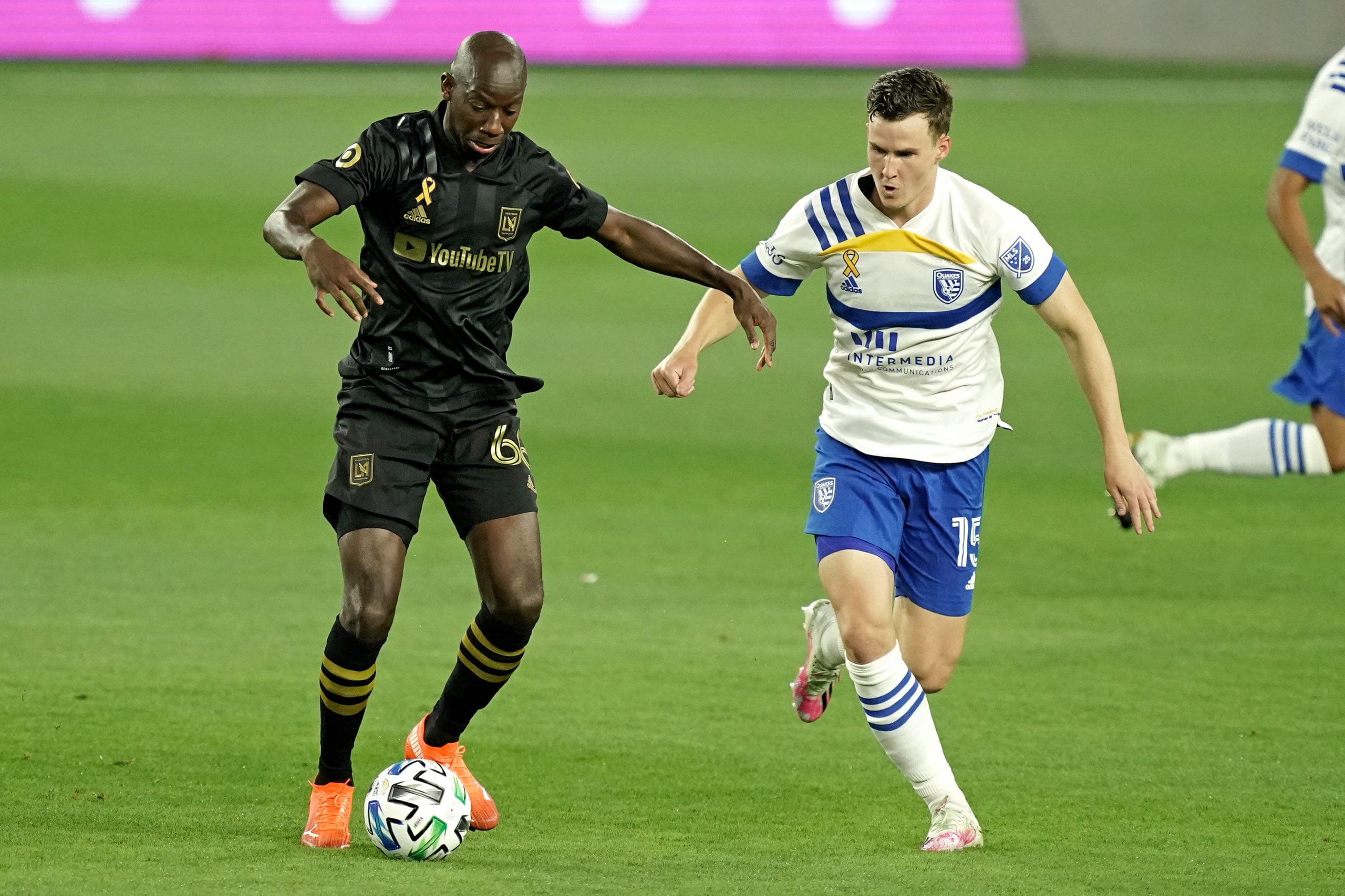 Image courtesy of USA Today Sports Images
Image courtesy of USA Today Sports Images
“It’s quiet, is the first thing you notice.”
Tanner Beason ’19 made his professional debut on Aug. 29 in the California Clasico, the rivalry between the San Jose Earthquakes and the LA Galaxy known as one of the fiercest in the MLS.
Some of the rivalry’s most inspired moments have come in Stanford Stadium, mere feet from where Beason cemented his legacy with Stanford men’s soccer in Cagan Stadium. But with only piped-in crowd noise for the pandemic-wrought season, no Galaxy fans were on hand at Dignity Health Sports Park to heckle Beason or his San Jose Earthquakes teammates.
The introduction was proper for a player adopted by California. Beason came over from Winston-Salem, North Carolina in 2015 to join Stanford for the first of three consecutive national championships between 2015-17. Because he redshirted his freshman season, he had spent five years at Stanford before the Earthquakes selected him 12th overall in the 2020 MLS SuperDraft.
“San Jose is definitely a different city and far enough from Palo Alto where it’s not like I knew San Jose well,” Beason said in a phone interview. “But I’m close enough to feel like I’m in a comfortable place.”
Despite their differences, Stanford and San Jose do share a county, and county ordinances, that have been stringent on coronavirus guidelines. Santa Clara was the first county to issue a shutdown order, and while MLS began allowing teams to open their practice facilities for individual training on May 6, San Jose was the last team to get clearance to train in individual ballwork sessions on June 9.
Unable to go to the Earthquakes training facility for about 12 weeks between March and the beginning of June, and fighting to stay physically and mentally motivated, Beason went to local parks to complete the individual workouts the team sent him. On a few occasions, Beason made his way back to Stanford. No longer a student, Beason said the free time during the shutdown allowed him time to read, watch shows and play his new favorite pastime: golf.
“Toward the end, it started to look like there was something in terms of games in sight, so that helps with staying motivated,” Beason said.
On June 10, the league announced the MLS Is Back Tournament to take place in a bubble at the ESPN Wide World of Sports Complex in the Walt Disney World Resort. The Earthquakes had not been cleared locally to train in full group sessions when they became the first team to travel to Florida on June 24, the first day MLS teams were allowed to arrive. But it seemed that the local orders paid off — the Quakes had not had a positive case.
While Beason did not see the field in Florida, the tournament bubble helped him to integrate with his new teammates, who were around him all day at meals, training and downtime. Without the distractions of a college season, which for Beason had included juggling course finals and College Cup finals, the focus on soccer within the bubble was an opportunity to concentrate.
“It was a really unique environment and space,” Beason said. “I don’t know that there will be another one like that where all the teams are in the same hotel facility and it’s almost like a really long camp.”
The Quakes’ run in the tournament ended in the quarterfinals to Minnesota, and the team returned to San Jose not knowing if the regular season would resume. On Aug. 8, the league announced a schedule for the regular season to continue in the team’s home markets. So far, the plan has worked. Beason credits the protocols, which include frequent testing and restructuring facilities to include more outdoor space, as the key to the league’s success, which eventually allowed him to make his debut.
In the California Clasico, Beason started and played 90 minutes at center back, saving a goal with a bodyblock and conceding a penalty kick on a handling call in the box. Despite the quiet, the emotion of the game is unchanged for Beason.
TANNER BEASON
— San Jose Earthquakes (@SJEarthquakes) August 30, 2020
LEGEND IN THE MAKING#BeatLA | @SutterHealth pic.twitter.com/IaPYtthjAx
“It’s a different environment with no fans or anything but that doesn’t make the game any less important or intense,” he said. “First game at the pro level — always have nerves going into it.”
Contact Daniel Martinez-Krams at danielmk ‘at’ stanford.edu.
